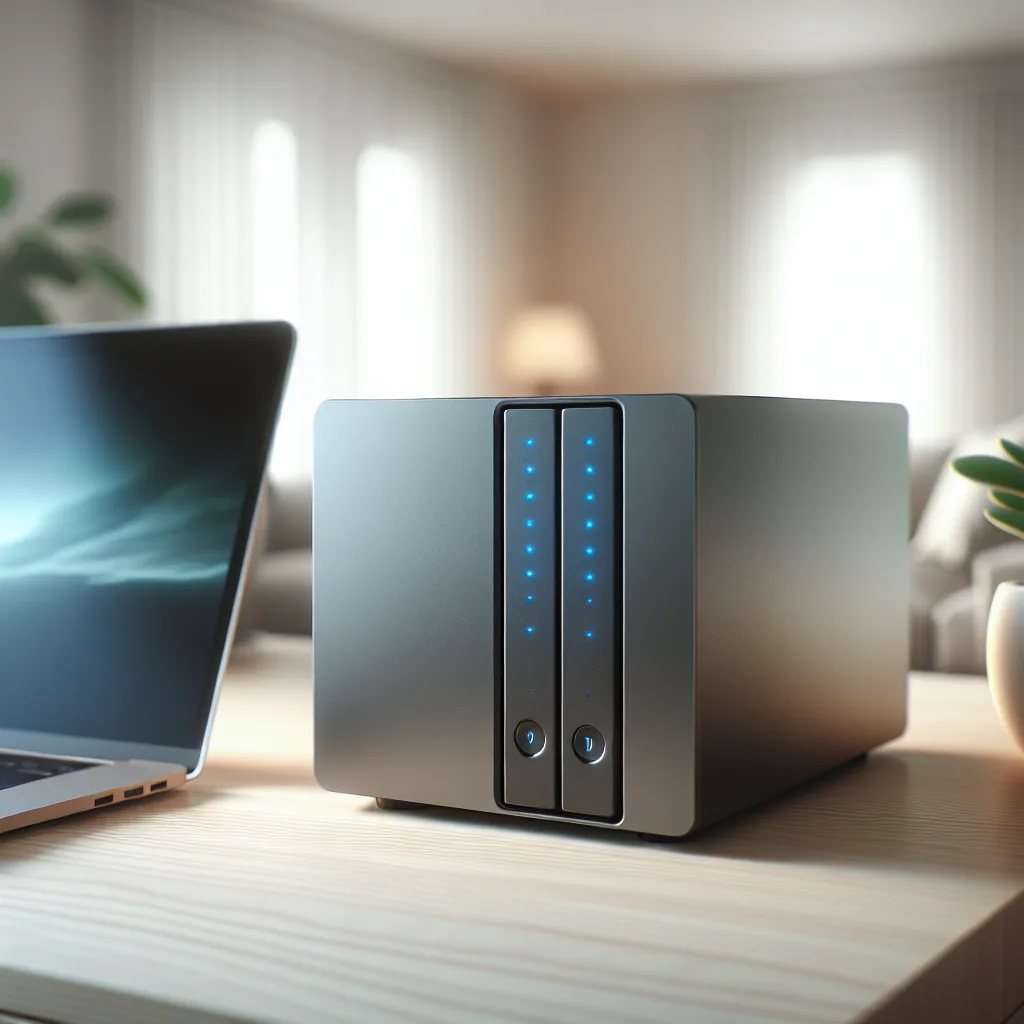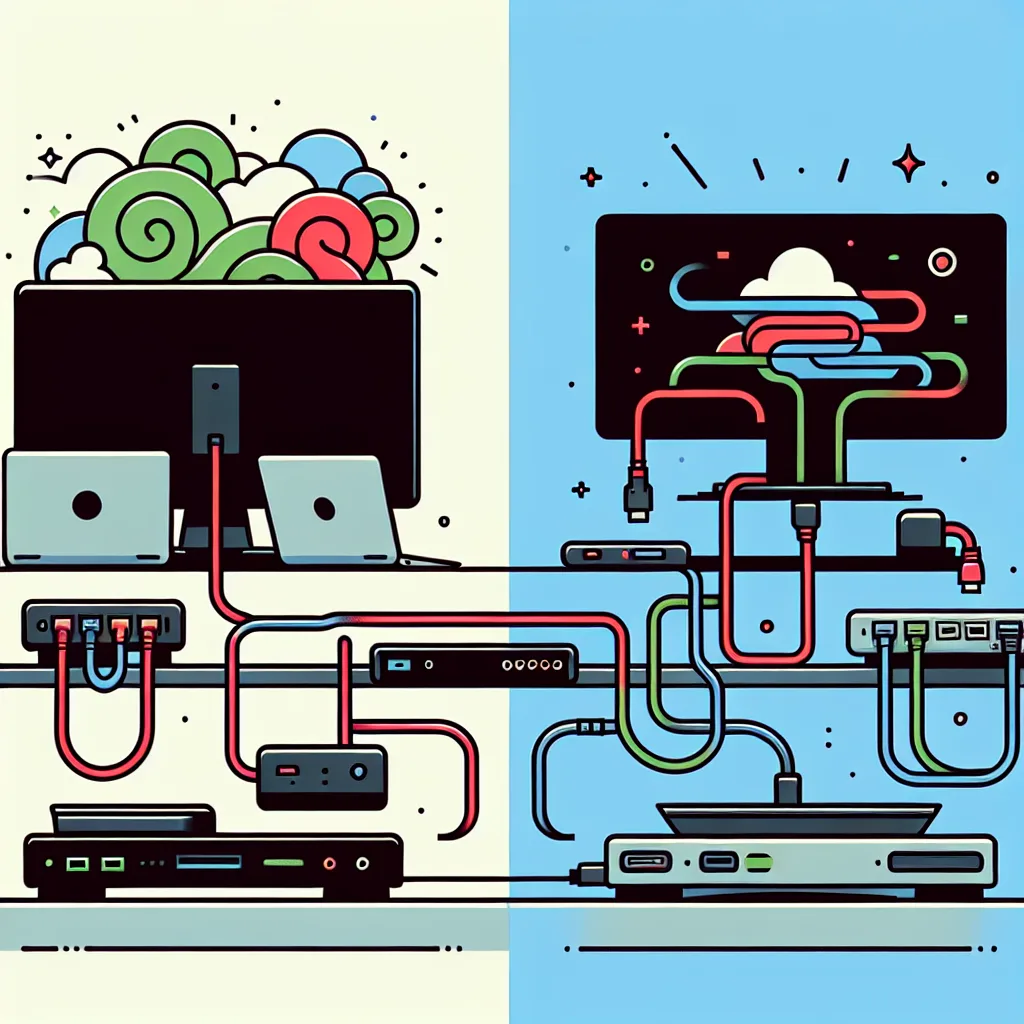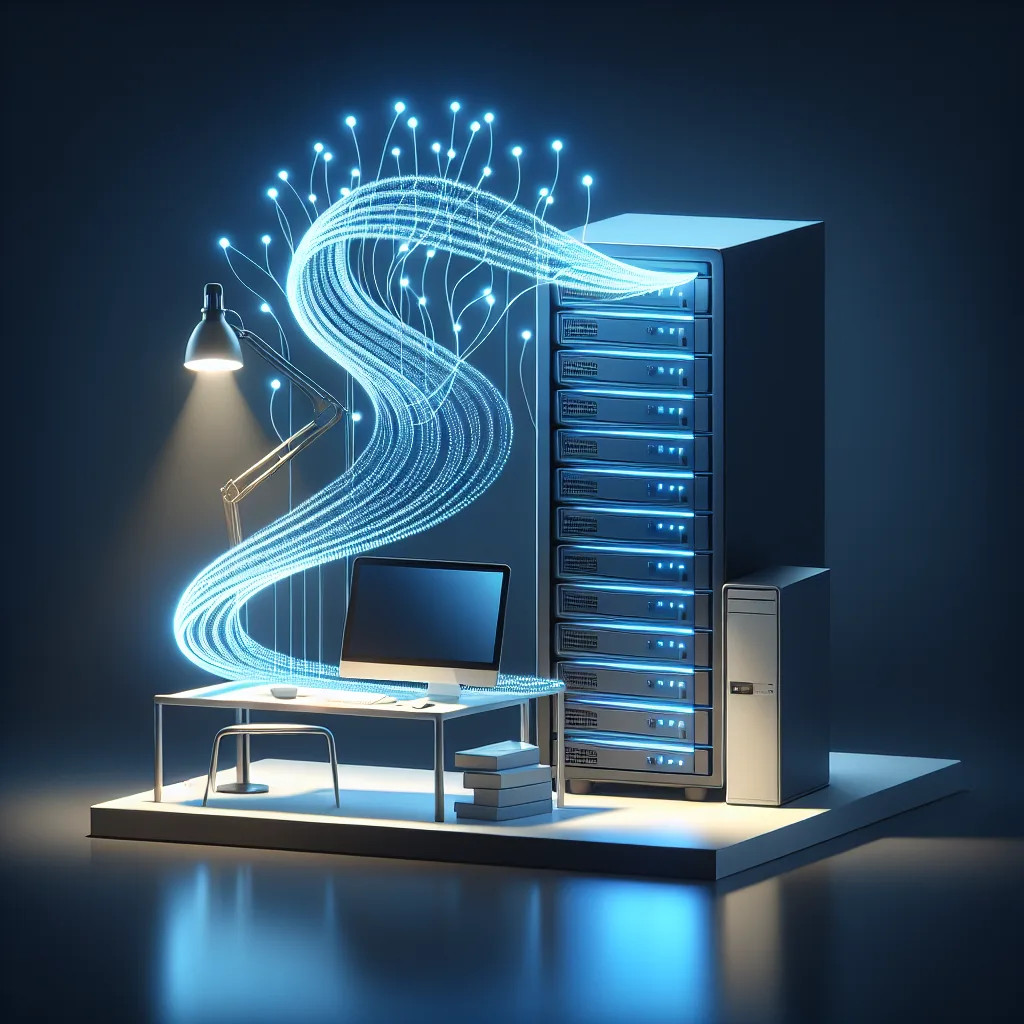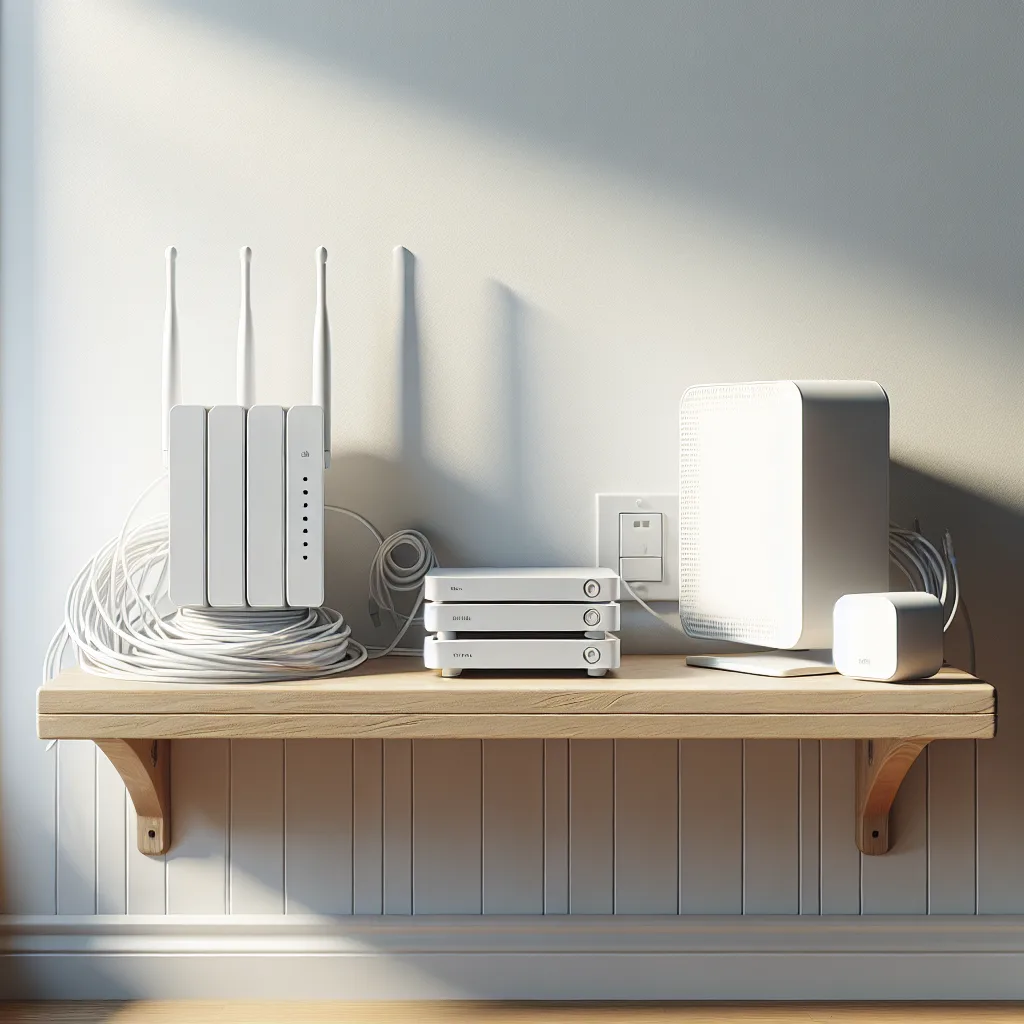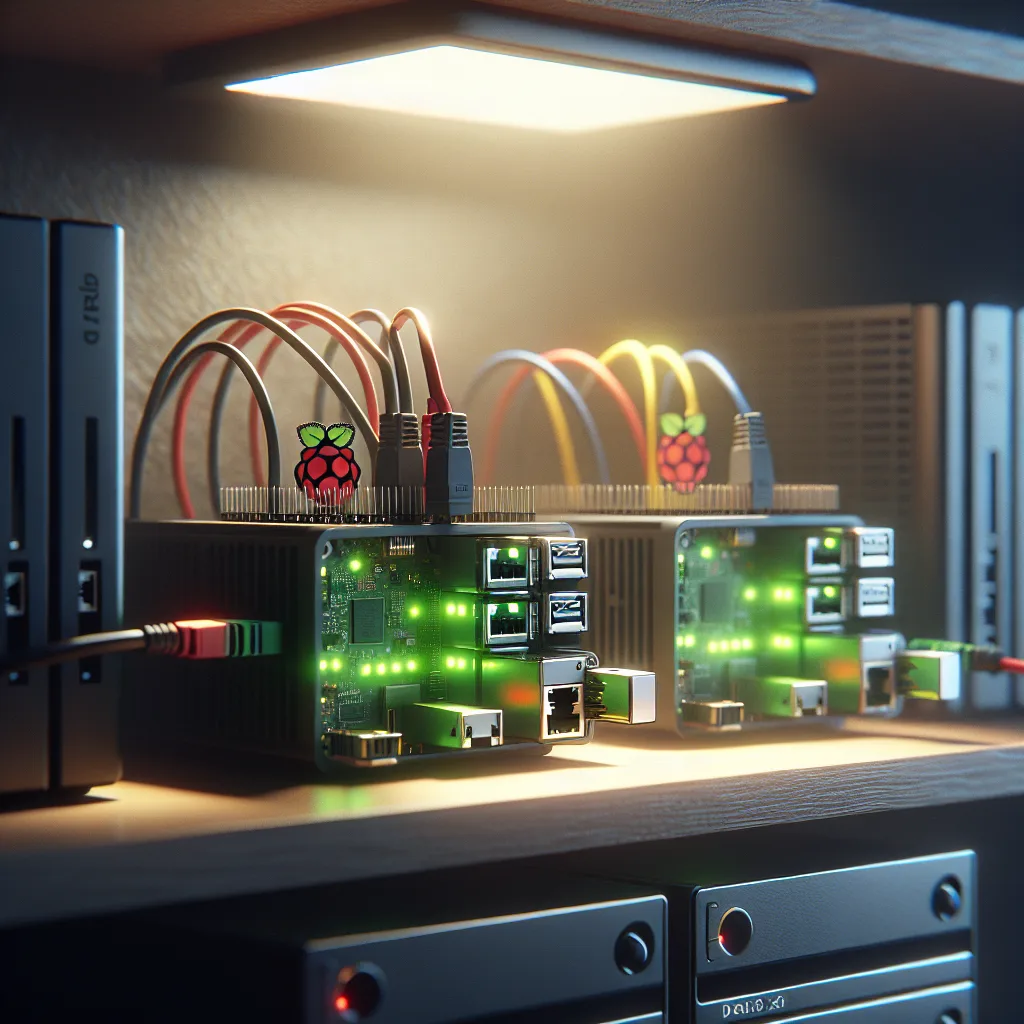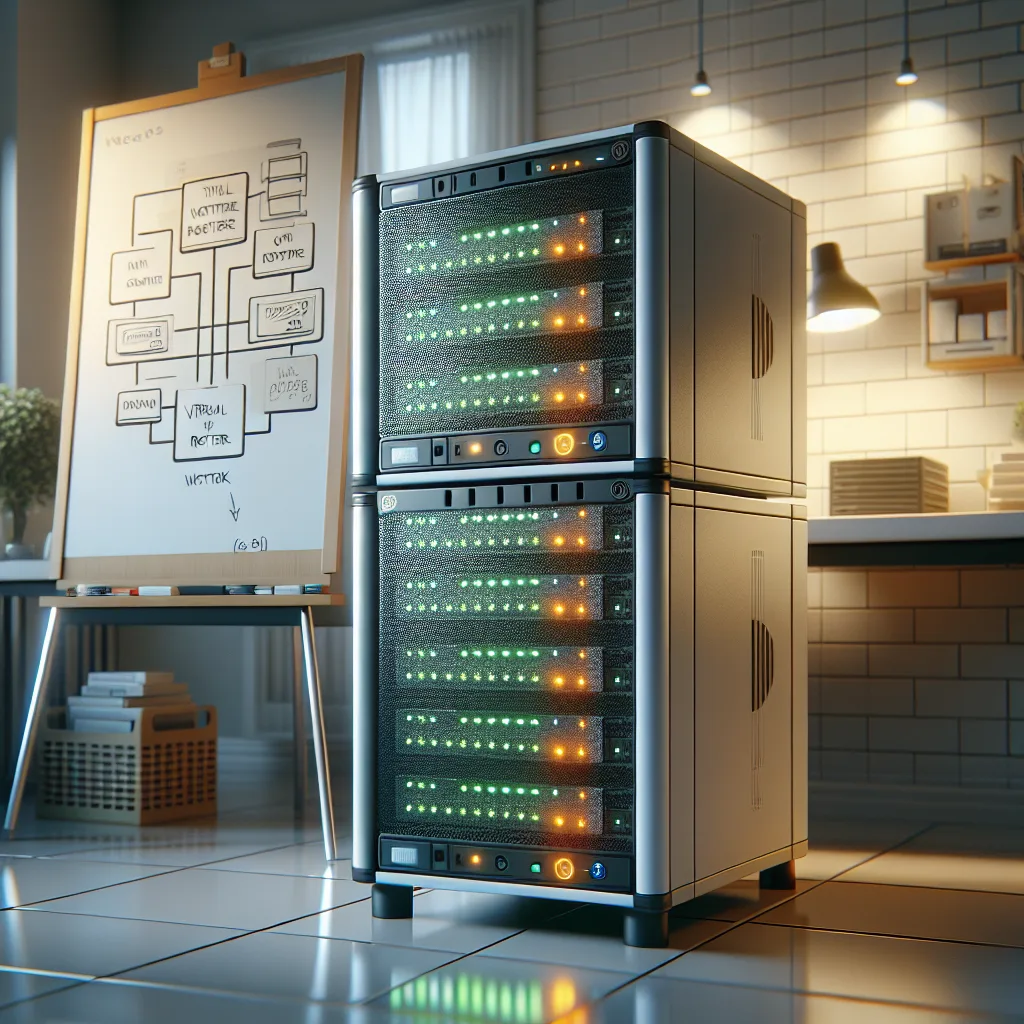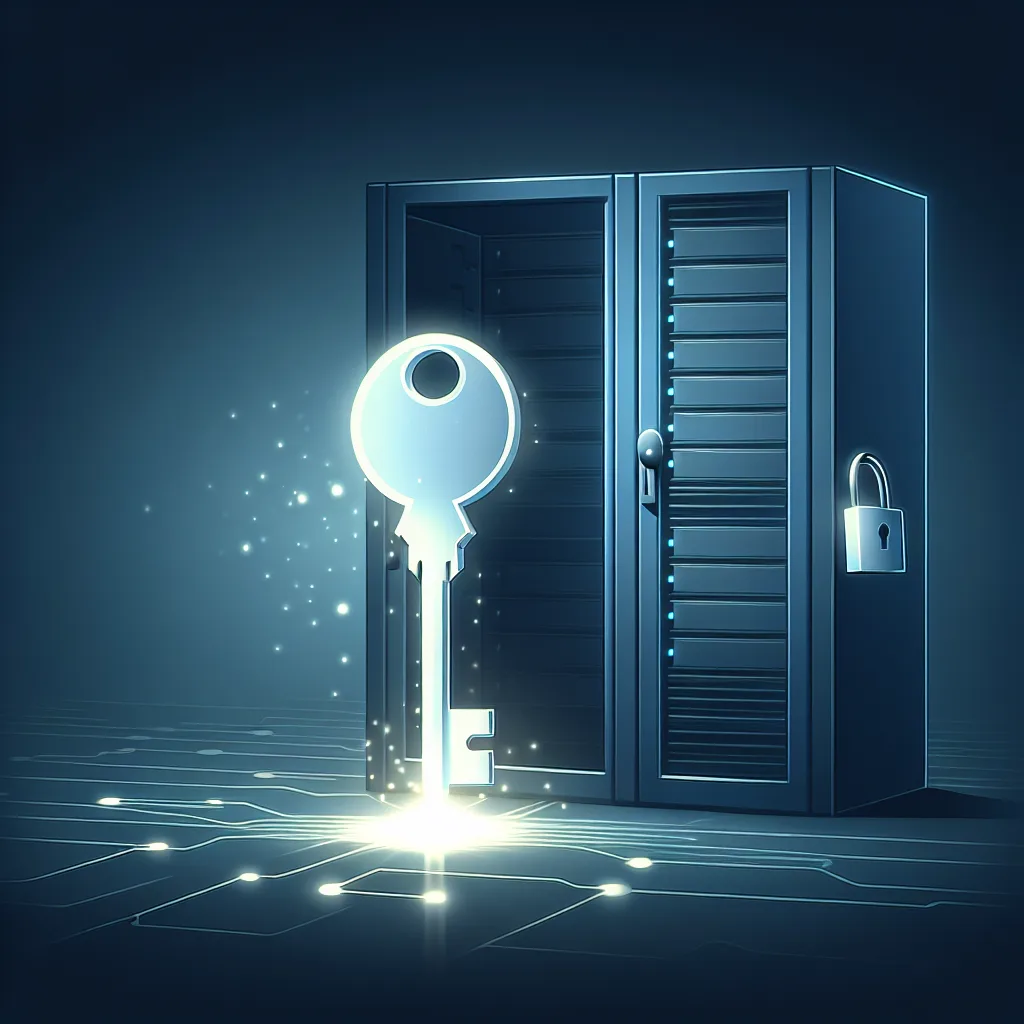Tired of file size limits? It’s time to take control of your links and files with your very own self-hosted file sharing and URL shortener.
Ever tried to share an amazing gaming clip on Discord, only to be smacked down by that tiny 10MB file limit? I’ve been there. You have the perfect, hilarious, or downright epic moment captured, and you can’t even share it with your friends. It’s frustrating. That exact problem is what led me down the rewarding path of self-hosted file sharing, and I’m here to tell you it’s easier than you think. It’s about taking back control over your own data, from video clips to custom short links.
Think of it this way: instead of uploading your files to a service owned by someone else, you’re creating your own little private corner of the internet. You set the rules. No more arbitrary file size limits. No more worrying about who sees your data. It’s just you and your files, ready to be shared on your terms.
Why Even Bother with Self-Hosted File Sharing?
So, why go through the trouble? For me, it came down to a few simple, powerful benefits:
- Freedom from Limits: This is the big one. Want to share a 500MB video file? Go for it. A 2GB project folder? No problem. When you host it yourself, the only limit is your own storage space.
- Total Privacy and Control: When you upload a file to a public service, you’re subject to their terms of service and privacy policies. By self-hosting, your files stay on your server. You decide who gets the link and how long it stays active.
- Custom, Trustworthy Links: Instead of a random string of characters from a public service, you can share links with your own domain name (e.g.,
share.yourname.com/clip1). It looks professional, and your friends will know the link is coming directly from you. - More Than Just Files: Many of these tools also come with a built-in URL shortener. This is perfect for cleaning up long, clunky links to articles, tools, or anything else you want to share online.
My Go-To Tool for Self-Hosted File Sharing and Links: Zipline
When I started looking for a solution, I wanted something that could handle both file uploads and URL shortening in one package. I found the perfect tool for the job: Zipline.
Zipline is an open-source project that’s lightweight, modern, and surprisingly simple to set up, especially if you’re familiar with Docker. Think of Docker as a way to run applications in neat, self-contained packages, which makes installation a breeze. You don’t have to be a command-line wizard to get it running.
Here’s the basic idea of how it works:
- Get a Server: You’ll need a place to run it. This could be a small, old computer sitting in your closet or a cheap Virtual Private Server (VPS) from a provider like DigitalOcean or Vultr. A basic $5-$10/month server is more than enough.
- Install with Docker: The Zipline documentation provides a simple
docker-compose.ymlfile. This is just a configuration file that tells Docker exactly how to run the application. You pretty much just copy, paste, and run one command. - Configure and Share: Once it’s running, you can access a simple web interface to upload files, see your history, and shorten URLs. You can drag and drop a file, and it instantly gives you a short link to share. It’s that easy.
Setting this up was a “wow” moment for me. The first time I dropped a 100MB game recording and instantly got a clean link to paste into Discord, I knew I was never going back.
What if I Only Need a URL Shortener?
Maybe massive file sharing is overkill for you. If you’re just looking to tame long URLs and create your own branded short links, a dedicated tool might be even better.
For this, I highly recommend Shlink. It’s another fantastic open-source project focused on one thing: doing URL shortening perfectly. It offers detailed analytics (like how many times a link has been clicked), the ability to use your own custom domain, and a super clean interface. Like Zipline, it’s also incredibly easy to deploy using Docker.
Ultimately, setting up your own self-hosted file sharing system is one of the most practical and empowering projects you can tackle. It solves real, everyday annoyances and gives you a new level of control over your digital life. If you’re tired of hitting upload limits and want to start sharing on your own terms, I can’t recommend it enough. Give it a try! You might just be surprised at how simple it is.

